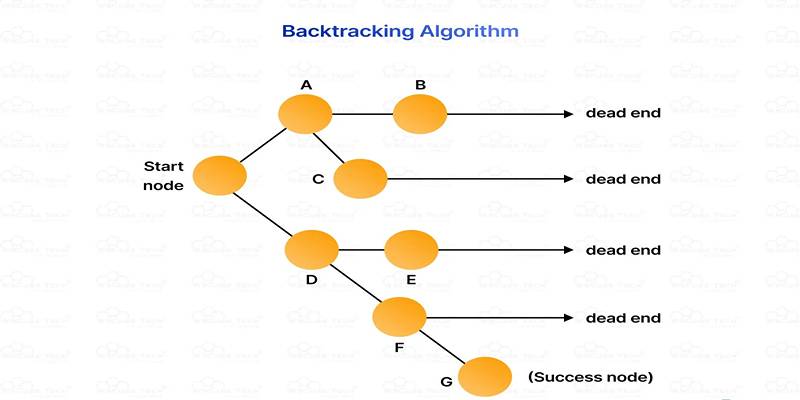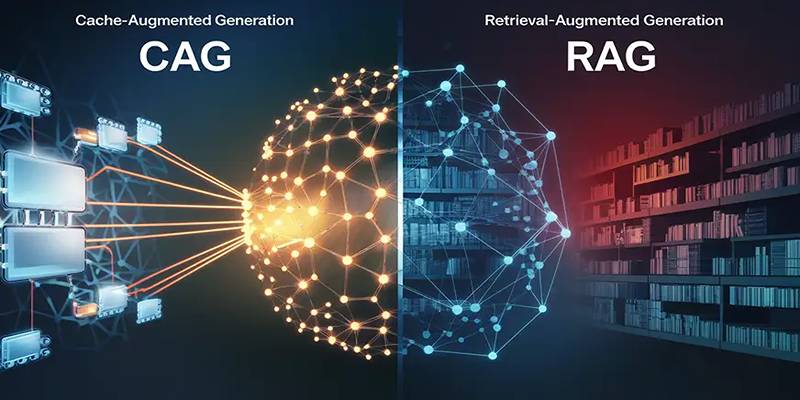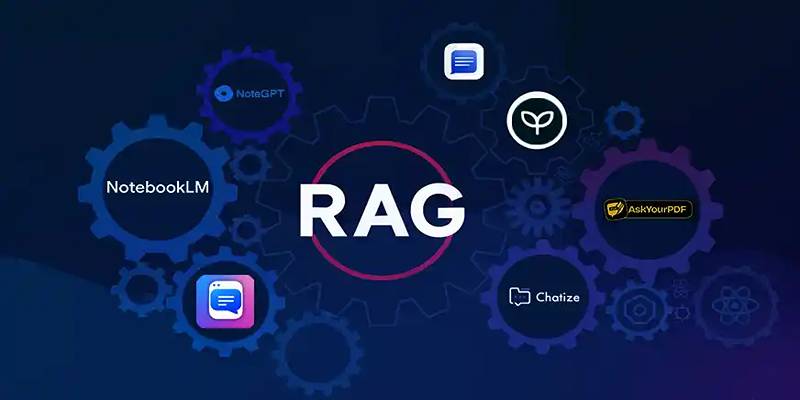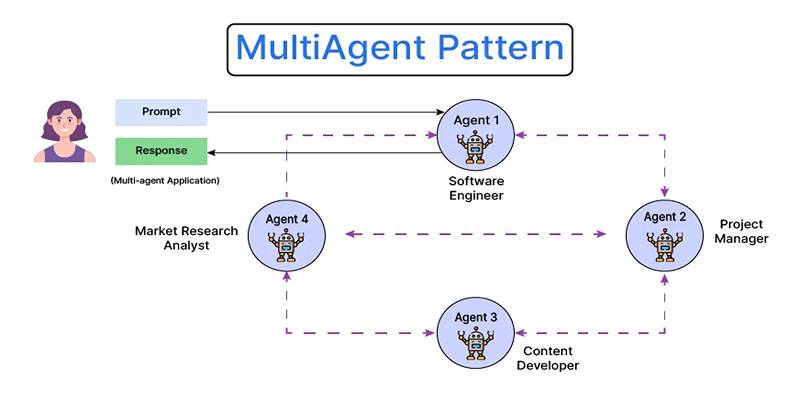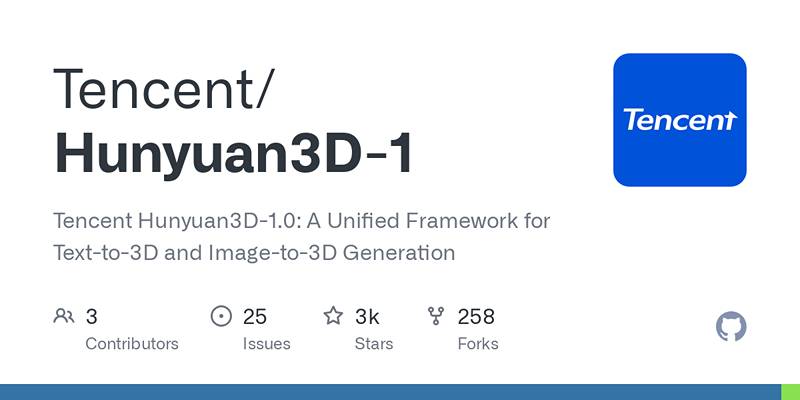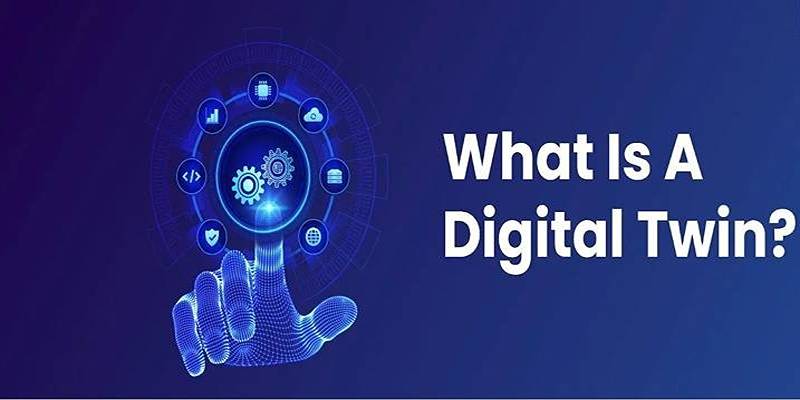Smartphones are no longer just tools for communication—they’re quickly evolving into intelligent, AI-powered companions. At the heart of this transformation lies the integration of Large Language Models (LLMs) directly into mobile devices. These sophisticated models, which once required the computational heft of data centers, are now being optimized to run efficiently on the compact hardware of modern smartphones.
From personalized assistance to real-time content generation, LLMs are reshaping how users interact with their devices. Leading tech giants like Apple, Google, and Samsung are embedding LLM-driven capabilities into their latest smartphones, while brands such as Xiaomi, Oppo, and Vivo are also embracing this generative AI wave. As a result, smartphones are becoming more responsive, context-aware, and deeply personalized.
This post explores how LLMs are currently transforming mobile technology and highlights the challenges, advantages, and future possibilities of having generative AI at your fingertips—literally.
The Rise of GenAI in Smartphones
LLMs used to run on powerful servers or laptops, but now they're on mobile devices. It is a big change for AI accessibility. The need for ease of use, customization, and speed in real time is driving this change. Users no longer have to use cloud-based tools to use AI; they can now do it directly on their phones while writing emails, summarizing research papers, or doing other daily chores.
Smartphones powered by LLMs are increasingly acting as proactive digital assistants. These devices understand user intent, respond to natural language, and provide tailored suggestions. For example, a working professional might use their mobile device to generate email responses based on past conversations or schedule meetings without lifting a finger. In this way, mobile LLMs are bringing science fiction-like capabilities into everyday life.
Current State of LLMs on Mobile

The integration of LLMs into smartphones is already evident in several key areas, as AI reshapes not just the software but also the hardware of modern mobile devices.
1. Advanced Virtual Assistants
Digital assistants such as Siri, Google Assistant, and Alexa are being reimagined with LLMs at their core. These updated assistants can now process more complex commands, perform multi-step tasks, and interact in a more natural, conversational manner. Users can expect these AI companions to draft notes, provide contextual updates, organize calendar events, and even summarize articles—all with increasing accuracy and human-like fluency.
2. On-device Processing
One of the major challenges of running LLMs on phones has been the requirement for intensive computational power. Traditionally, smartphones lacked the processing capability to handle large AI models.
However, modern processors like Apple’s A16 Bionic chip and Qualcomm’s Snapdragon series have made local AI inference a reality. These advancements reduce dependency on cloud servers, thereby enhancing privacy and reducing latency, especially for applications such as real-time translation and voice recognition.
3. LLMs Optimized for Mobile
Running full-sized language models on smartphones remains technically difficult due to the size and memory requirements. To address this, companies are focusing on mobile-friendly LLMs that are compact yet powerful. Examples include Gemma 2B, LLaMA 2–7B, and StableLM-3B, which have been specifically designed to deliver high performance on devices with limited resources.
4. AI-Enhanced Applications
The LLM revolution is also transforming mobile apps. Tools such as Notion AI and Grammarly are leveraging LLMs for content generation, summarization, and writing enhancement—right from the smartphone interface. Meanwhile, brands like Xiaomi have introduced creative features such as “AI Portrait,” where users can generate lifelike selfies using simple text prompts and previously uploaded images.
Benefits of LLM Integration in Smartphones
The incorporation of LLMs into mobile devices brings several key advantages that go beyond novelty and convenience.
Accessibility
With LLMs embedded in smartphones, users no longer need specialized knowledge or high-end equipment to leverage advanced AI. Whether generating summaries, translating languages, or answering questions, users can perform complex tasks with a few taps.
Efficiency and Portability
Having generative AI directly on the phone means users can receive assistance anywhere, anytime. Whether commuting or working remotely, individuals can execute tasks—like content creation or quick research—without needing to access a computer.
Personalization
LLMs can adapt based on individual user behavior. Over time, they learn preferences, speech patterns, and commonly used terms to provide increasingly customized responses. This personalization enhances productivity and user satisfaction by offering a tailored experience.
The Road Ahead: Future Possibilities for LLMs on Mobile
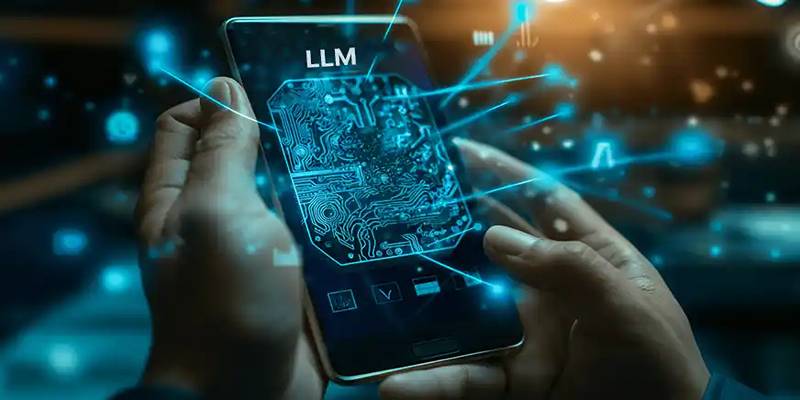
As hardware continues to evolve and software becomes more refined, the future of LLMs on mobile is bright, with several advancements already in development.
Personalized AI Assistants
Future mobile LLMs are expected to deliver hyper-personalized experiences by learning from user interactions in real time. These assistants could manage everything from personal health records to travel itineraries, anticipating needs and offering contextual support.
Real-time Multimodal Capabilities
Upcoming LLMs may integrate text, audio, images, and video seamlessly. For instance, users might be able to take a photo of a document, receive a summarized version, and dictate a response—all within the same conversation thread.
Augmented Reality Integration
Combining LLMs with augmented reality (AR) could enable users to receive live, context-aware insights. A user could point their phone at a landmark or product and receive instant feedback, history, reviews, or price comparisons generated by the AI.
LLM-Centric App Ecosystem
As LLMs become more optimized, developers may create apps specifically designed to leverage AI models on the edge (on-device). This approach could lead to a new generation of apps that function with limited connectivity, ensuring robust offline capabilities and decentralized intelligence.
Conclusion
The integration of LLMs into mobile technology is a defining moment in the evolution of artificial intelligence. As smartphones begin to incorporate these models into their operating systems, apps, and hardware, they are becoming smarter, faster, and more capable. From on-device assistants and AI-enhanced applications to personalized user experiences, the possibilities are expanding rapidly.
Though technical and ethical challenges persist, the trajectory of LLMs on mobile suggests a future where every smartphone could act as an intelligent, generative companion, ready to assist, create, and communicate in ways once thought impossible.
